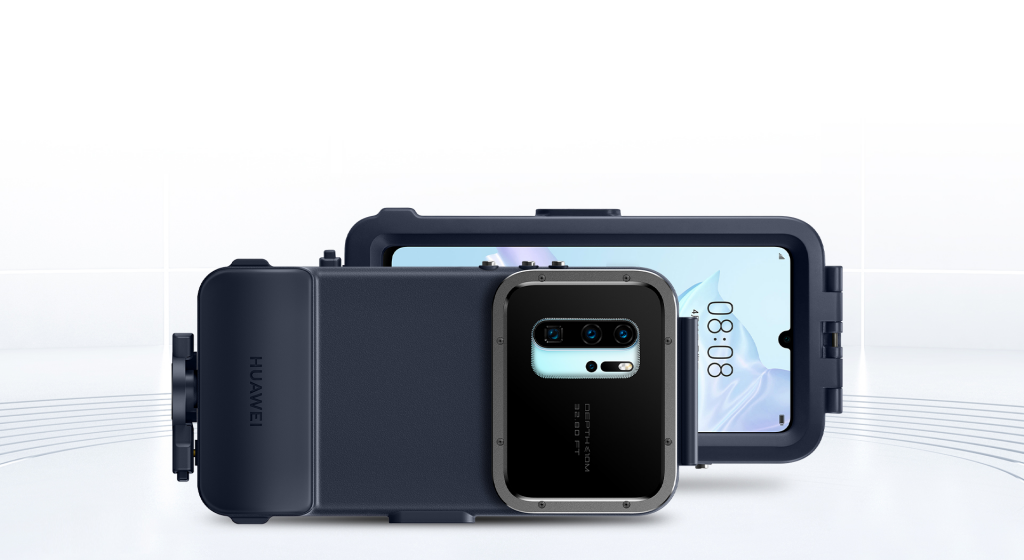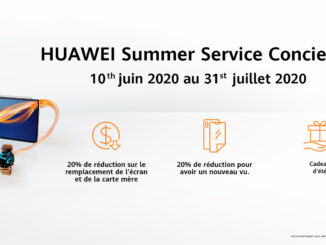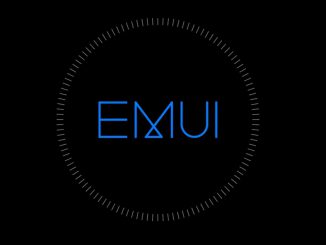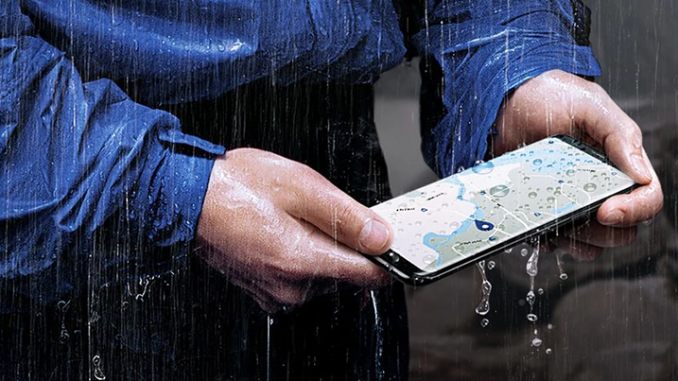
Samsung is being taken to court in Australia over misleading advertisements over the IP rating of their devices, shining a light on a wider issue in the smartphone industry.
Artículo disponible en Español | Article disponible en Français
Samsung is being taken to court in Australia by the Australian Competition and Consumer Commission (ACCC) over “allegedly” false and misleading advertisements, where the South-Korean manufacturer showed their phones worked in the water. The ACCC claims to have reviewed over 300 advertisements from the phone maker, in which the company showcases their IP67/IP68 devices being used in the pool and the beach. When asked, Samsung declared they still stood by their advertisements. On the other hand, the usual fine print specifies their devices are not meant to be used in the water, with any liquid damage not covered under their warranty.
It is important to understand how these IP rating tests are done. First, the devices are immersed in clear/fresh water, and not pool water, which usually contains chlorine, or sea water, which contains salt. The devices are, as mentioned, “immersed”, and not tossed into the water. In other words, strong water pressures, such as a tap, can break the protections and affect the device. For IP67, the device must be able to remain in under 1 metre of water for 30 minutes. For IP68, Samsung chooses a depth of 1.5 metres maximum, for 30 minutes. The key words are “controlled environment”, or “lab environment”, which are usually very far from real conditions. It is also important to point out that IP67/IP68 devices are only “water resistant”, and not “waterproof”, which is a big difference.
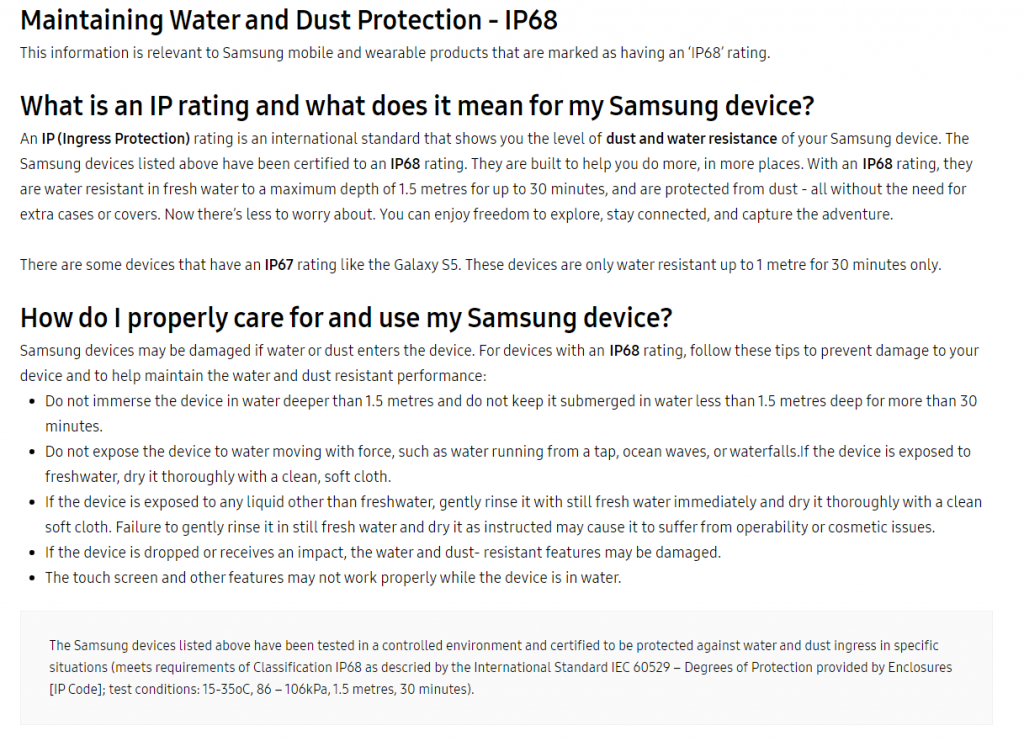
The lawsuit covers devices and events taking place since 2016, although, curiously, a very quick YouTube search reveals the company had been promoting this “water resistance” since at least 2014, with their Samsung Galaxy S5, with the title “Made for Australia” and going as far as showing the device splashed by what appears to be salt water.
Regardless of whether Samsung is in the right or in the wrong, this shows a wider issue with smartphone advertisements and the IP rating overall. For instance, it is not unusual for the average consumer, and even the more advanced/knowledgeable consumer, to qualify IP67 and IP68 ratings as “waterproof”, while they are far from that, actually just being “water resistant” and “dust proof”, as we’ve just mentioned. It is not unusual for consumers to see this rating as a “must have”, to shower with the phone or take it to the pool.
Sure, this shows many more problems in our modern society, with the user being so obsessed with their phone that they even need to shower with it, raising quite a lot of questions (what do they do with it in the shower? Can’t they put that call on hold for 5 minutes?), or going to the pool to “enjoy it”, but ending up on their device… they should have stayed at home then.
Many consumers will thus buy IP67 and IP68 devices, and constantly wet them, without realizing that they are not made for this. Not only are the tests done in-lab, but pool water, for instance, contains chlorine and other chemicals, which can damage the device, and under the shower, most use soap, which can cause other damages to the device and the seals. These same consumers will then complain or blame the brand over the rating, the device having failed to be “waterproof”. It is also important to point out most brands do not cover liquid damage, so any potential damage will have to be covered by either a private insurance (if the consumer has one) or come out of their own pocket.
At the end of the day, both the consumer and the manufacturer are to be blamed: the manufacturer for producing misleading ads or ads that could be misunderstood, such as an IP67/IP68 device near water (be it pool, bath, beach, etc), and the consumer for always asking impossible things but never taking responsibility for their own mistakes. It is important to point out the average consumer, for some unknown reason, never reads the warranty policy, with many thinking physical and/or liquid damage is covered by the manufacturer.
As with most modern problems, manufacturers have found solutions (to problems created mostly by them), such as selling cases promising to protect your device for water activities, such as scuba or diving. An example would be Huawei’s snorkel case for the Mate 20 Pro & P30 Pro, allowing users to use their phone underwater at depths of maximum 10 metres for up to 60 minutes.
